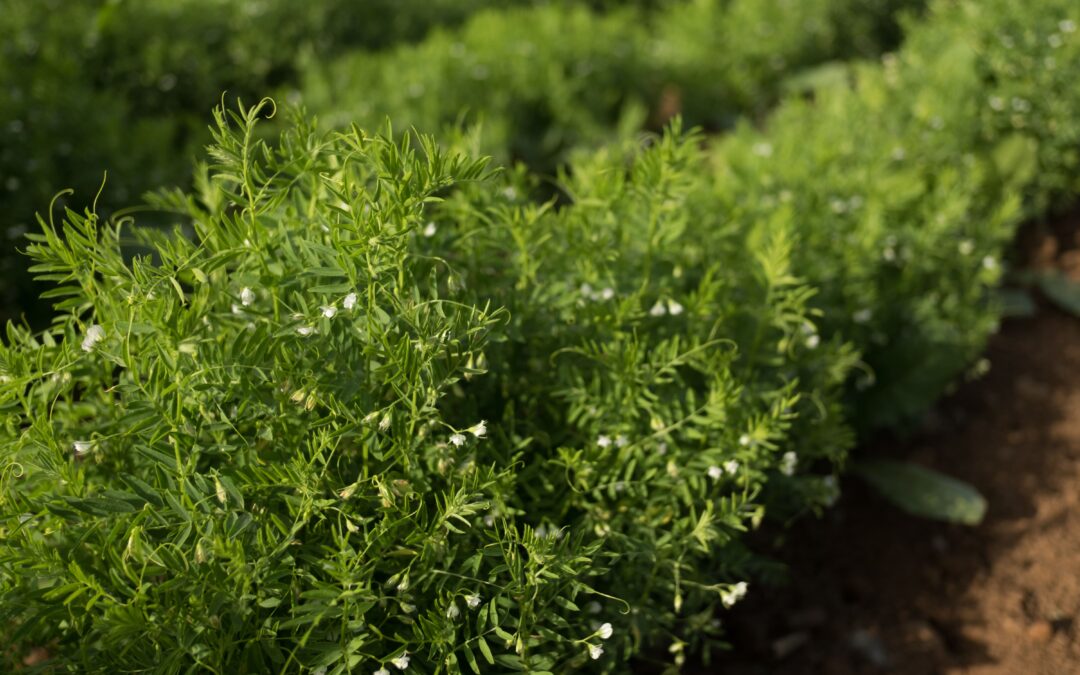A SOLID bulk export program for lentils has lifted prices for southern Australia’s major pulse in the past month as offshore demand for faba beans languishes.
Chickpea business is swapping from bulk to containers amid ongoing economic difficulties for Australia’s major markets, and mungbeans are finding it hard to get a look-in as a late summer-crop option, despite buoyant demand from China.
All prices quoted are in Australian dollars unless stated otherwise.
Chickpeas
A big and good-quality sorghum crop is now being harvested in Queensland and northern New South Wales and, on top of a big wheat program, has pushed chickpeas out of bulk shipping schedules.
The upshot has been a backing off in demand for Qld chickpeas, which are now trading in small volume into container packers at $400-$425/t for downgraded CHKPM product, and $550/t for CHKP1.
“Pakistan and Bangladesh, the two major buyers of chickpeas, are still struggling to secure currency to pay for consignments, so there is no new trade happening as buyers are cautious about overexposing themselves,” one trader said.
“Although this inflation is very high, there is substantial demand for chickpeas.
“Buyers in both destinations are looking for alternative cheaper origins to secure their cargo.”
Sources have said Pakistan and also Bangladesh were having trouble securing US dollars to pay for imported chickpeas and looking for novel options.
“One example is Bangladesh turning to India…and paying in Indian rupees for the consignment.”
Growers in Qld and NSW will plant their winter crop from April to June, and good subsoil moisture and the need for a broadleaf crop to grow in rotation with wheat are likely to see the usual area planted to chickpeas in Qld.
In NSW, growers with the option to plant canola are likely to take it because of its better price prospects, which could result in another reduced chickpea crop for the state.
Faba beans
Faba beans delivered Adelaide port are trading at around $375/t, up $10-$15/t on the January market, while the delivered domestic feedmill has firmed by a similar amount to $400-$420/t.
Like Pakistan, Bangladesh and Sri Lanka, Egypt as the world’s biggest importer of faba beans is also having trouble generating US dollars, and domestic feedmills remain the only volume buyer.
Agri-Oz managing director Francois Darcas said demand from Egypt was limited.
“Exports seem to go only from South Australia, in bulk ships, due to very large difference in freight versus container freight.
Shipping stems indicate two bulk cargoes have already sailed from SA, with another two to go, to total approximately 100,000t.
“Victoria is a feed market, with mills paying above export parity.”
This has put a floor in the market, which has kicked secondary bulk markets into life.
Lachstock Consulting’s February 7 Australian Vessel Line-ups indicates part cargoes are on their way to India and Saudi Arabia from Port Adelaide.
Some container business is being done at $375/t delivered packer, and field peas in containers bound for China are selling at $475/t.
Chinese demand has largely kept field peas out of domestic feedmill rations, where No. 1 or downgraded fabas have found solid demand.
While the Victorian and NSW harvest produced sizeable amounts of downgraded beans, SA crops largely escaped disease and wrinkling issues.
Centre State Exports trader Ben Lange said quality of SA fabas harvested after a wet end to the growing season had been a big and pleasant surprise.
“We were spoilt; we thought we’d have a lot of feed fabas, but the quality shocked us all.”
Mr Lange said the late harvest, followed by a delayed holiday, has seen limited supply-side pressure on the market in recent weeks compared with what can normally be seen at this time of year.
“In SA, farmers have seen such big numbers on all their commodities, and fabas are the ugly duckling on price.”
He said Victorian demand was well supplied within the state’s borders.
“Fabas are the cheapest protein…and you can see Vic feed demand is high.”
Lentils
Momentum in the SA export program has lifted prices for lentils delivered SA port to around $750/t from $660-$700/t in mid-January, and expensive container freight ex Port Adelaide is seeing boxed lentils going almost solely out of Melbourne.
“Containers aren’t working out of SA; they are more out of Vic,” Mr Lange said.
Three terminals in Port Adelaide and three regional SA ports all have lentils on the stem, indication of the size of the crop on the Eyre and Yorke peninsulas as well as within the Adelaide port zone.
India followed by Bangladesh are the volume buyers, with supplementary bulk demand coming from the UAE.
Mr Lange said around two vessels per month are loading in SA, and despite the wet lead-in to harvest, wrinkling has been minimal.
This is thought to be due to a dry and very hot spell around New Year that dried the crop after a late end to the growing season.
“The crop is massive, and a large percentage has been sold already.”
Mr Lange said considerable stocks were still on farm, but limited grower selling had enabled prices to firm.
The strengthened market, combined with growers returning from their delayed summer break, has seen plenty of tonnes hit the market in recent weeks and deliveries to ports accelerate.
“We’re just starting to see congestion at berths.”
Mungbeans
Buoyant demand from China has seen prices for mungbeans lift by around $50/t since December to roughly $1300/t for No. 1 grade, May-June delivered packer, $1250/t for processing and $1200/t for manufacturing.
Area planted to mungbeans in southern Qld and northern NSW is down on normal due to big dryland and irrigated cotton and sorghum crops being planted to take advantage of subsoil moisture built up over last year.
Planting of Central Queensland’s mungbean crop is now under way, and Iker Ag Consulting agronomist Belinda Chase said area was likely to be limited.
“It’s really only irrigators with spare paddocks that are planting them under pivots and laterals,” Ms Chase said.
“Mungbeans really aren’t on the radar.”
This is despite now being the ideal time to plant mungbeans in CQ, good price prospects and mostly good moisture profiles.
Ms Chase said sorghum and sunflowers were being planted, and considerable area was being held over for planting to CQ’s two major winter crops, chickpeas and wheat.
“People are making better money out of winter crops.”
Fuente: GrainCentral

